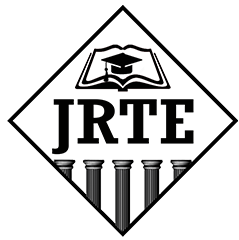Downloads
Environmental Pollution and Prevention Techniques – Sri Lanka
Comments Off on Environmental Pollution and Prevention Techniques – Sri Lanka
Sri Lanka is a tropical island that experiences beautiful environmental conditions and consists of many natural resources. Primarily Sri Lanka includes forests and biodiversity, minerals and water resources. The main objective is to provide a concise and up-to-date insight into the state of the environment and environmental challenges. Sri Lanka has suddenly acquired industrialization as …
Environmental Pollution and Prevention Techniques – Sri LankaRead More
ISSN
2714-1837
| M | T | W | T | F | S | S |
|---|---|---|---|---|---|---|
| 1 | 2 | 3 | 4 | 5 | 6 | 7 |
| 8 | 9 | 10 | 11 | 12 | 13 | 14 |
| 15 | 16 | 17 | 18 | 19 | 20 | 21 |
| 22 | 23 | 24 | 25 | 26 | 27 | 28 |
| 29 | 30 | 31 | ||||
Our Visitors






 Users Today : 43
Users Today : 43 Total Users : 43273
Total Users : 43273 Views Today : 84
Views Today : 84 Total views : 105855
Total views : 105855 Who's Online : 1
Who's Online : 1 Your IP Address : 216.73.216.121
Your IP Address : 216.73.216.121

